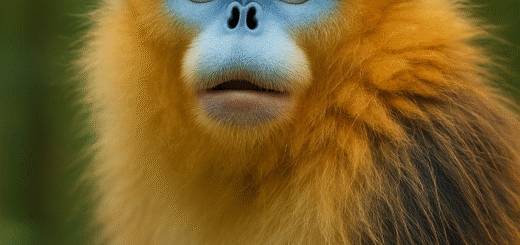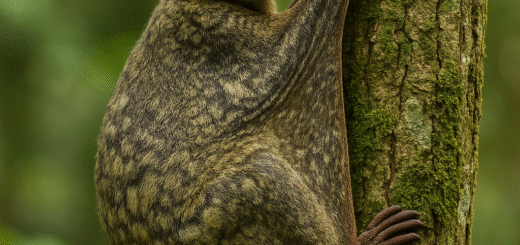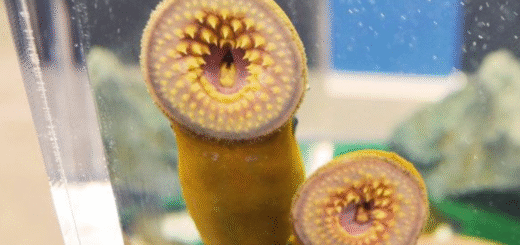10 Most Dangerous Snakes on Earth – And Where They Live
Snakes have fascinated and frightened humans for centuries. While most are harmless, some species possess venom so lethal it can kill within minutes. In this article, we explore the 10 most dangerous snakes on Earth, not just based on venom toxicity, but also their behavior, aggressiveness, and human encounter frequency. Learn where they live — and why you should think twice before walking barefoot in their territory.
1. Inland Taipan (Oxyuranus microlepidotus)
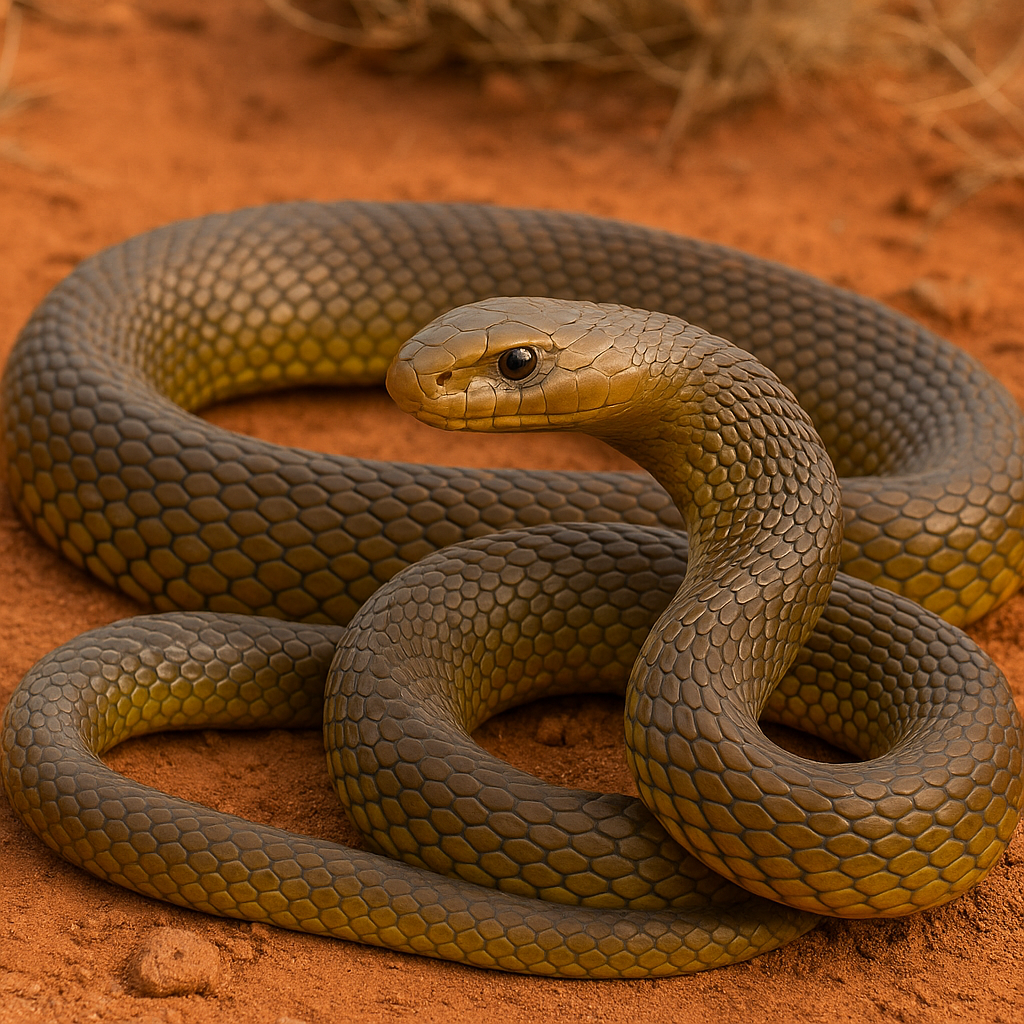
Location: Australia
Known as the “fierce snake,” the Inland Taipan holds the title of the most venomous snake in the world. A single bite contains enough neurotoxin to kill over 100 humans. Fortunately, it’s extremely shy and rarely encountered in the wild.
2. Eastern Brown Snake (Pseudonaja textilis)
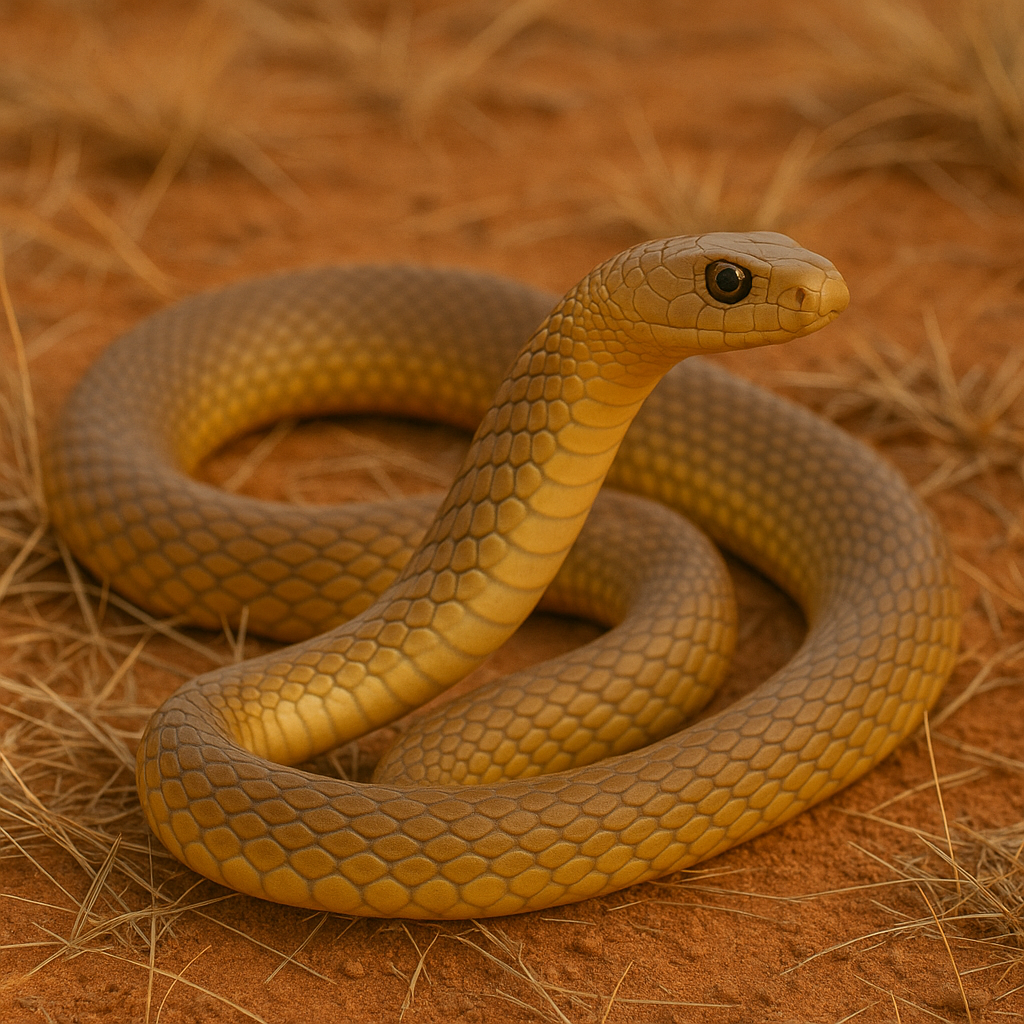
Location: Australia
Responsible for the most snakebite deaths in Australia, the Eastern Brown Snake is fast, aggressive, and highly venomous. It thrives in urban areas, farmlands, and bushlands, making human contact more likely.
3. Black Mamba (Dendroaspis polylepis)
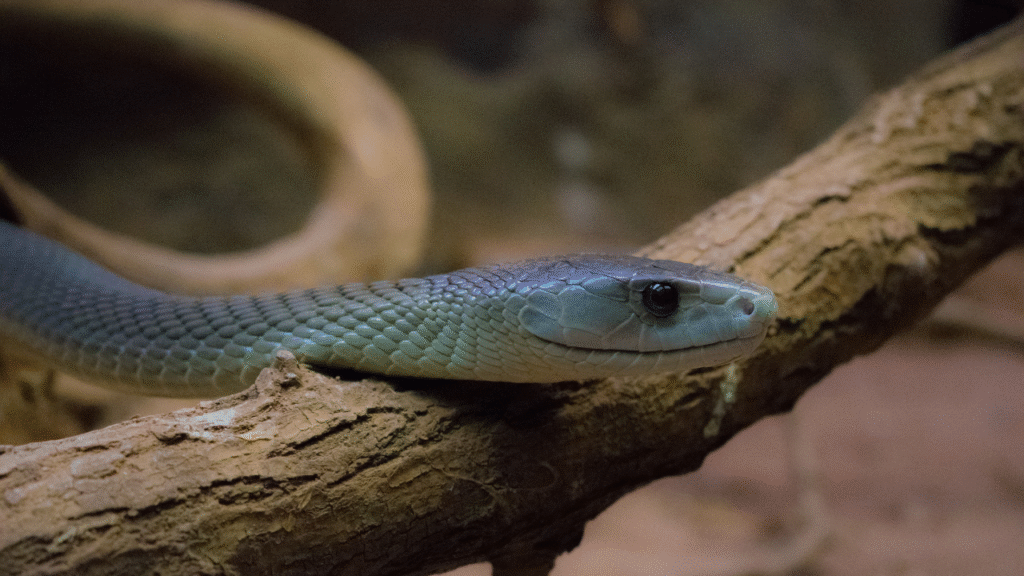
Location: Sub-Saharan Africa
The Black Mamba is legendary for its speed (up to 20 km/h) and deadly neurotoxic venom. Without antivenom, a bite can be fatal in less than 30 minutes. It’s territorial and will strike multiple times when threatened.
4. King Cobra (Ophiophagus hannah)
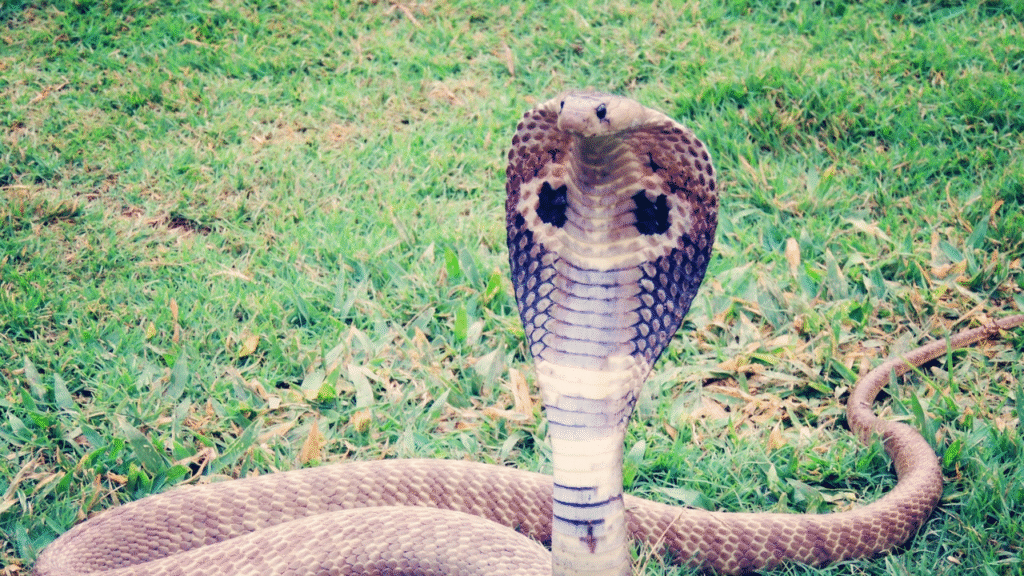
Location: Southeast Asia, India
The longest venomous snake in the world, King Cobras can grow up to 18 feet. Their venom attacks the central nervous system, causing paralysis and death. Unlike most snakes, they show defensive behavior and are even known to “stand” when provoked.
5. Tiger Snake (Notechis scutatus)
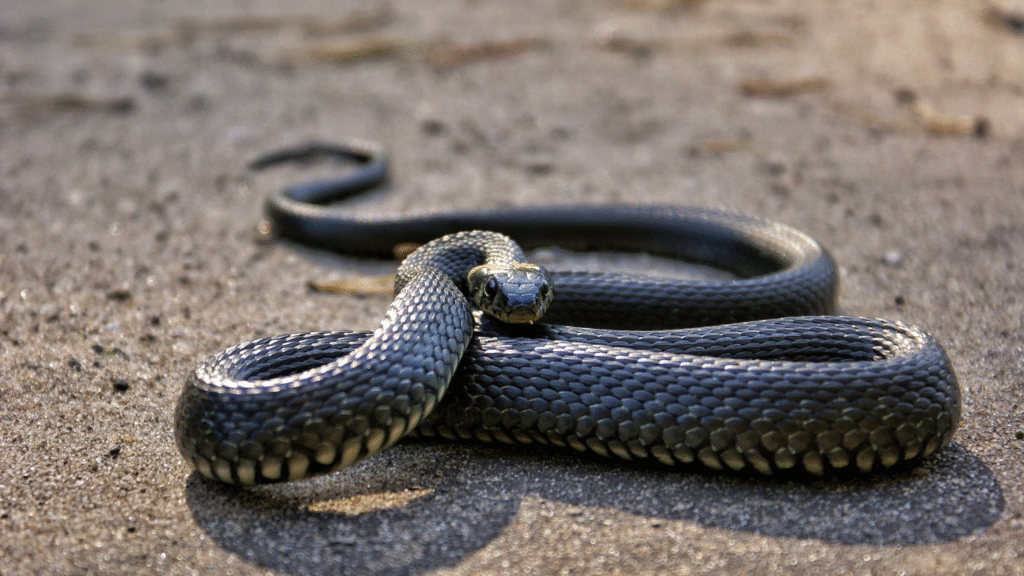
Location: Southern Australia and Tasmania
Named for its banded appearance, the Tiger Snake delivers a venom that causes paralysis, internal bleeding, and death. It often inhabits marshes and coastal areas, especially during breeding seasons.
6. Boomslang (Dispholidus typus)
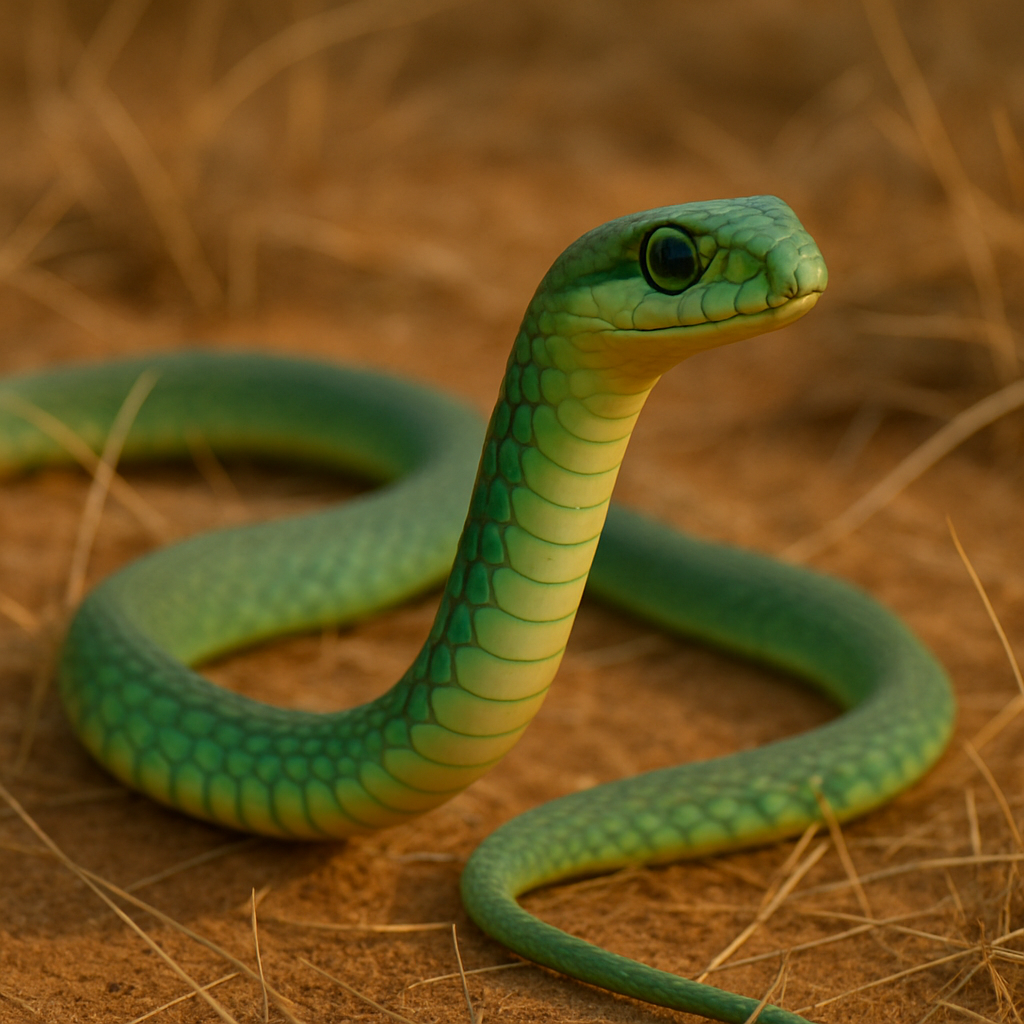
Location: Sub-Saharan Africa
Though shy and reclusive, the Boomslang delivers a potent hemotoxic venom that causes internal bleeding and organ failure. Victims may not notice symptoms for hours, making the bite deceptively dangerous.
7. Fer-de-Lance (Bothrops asper)
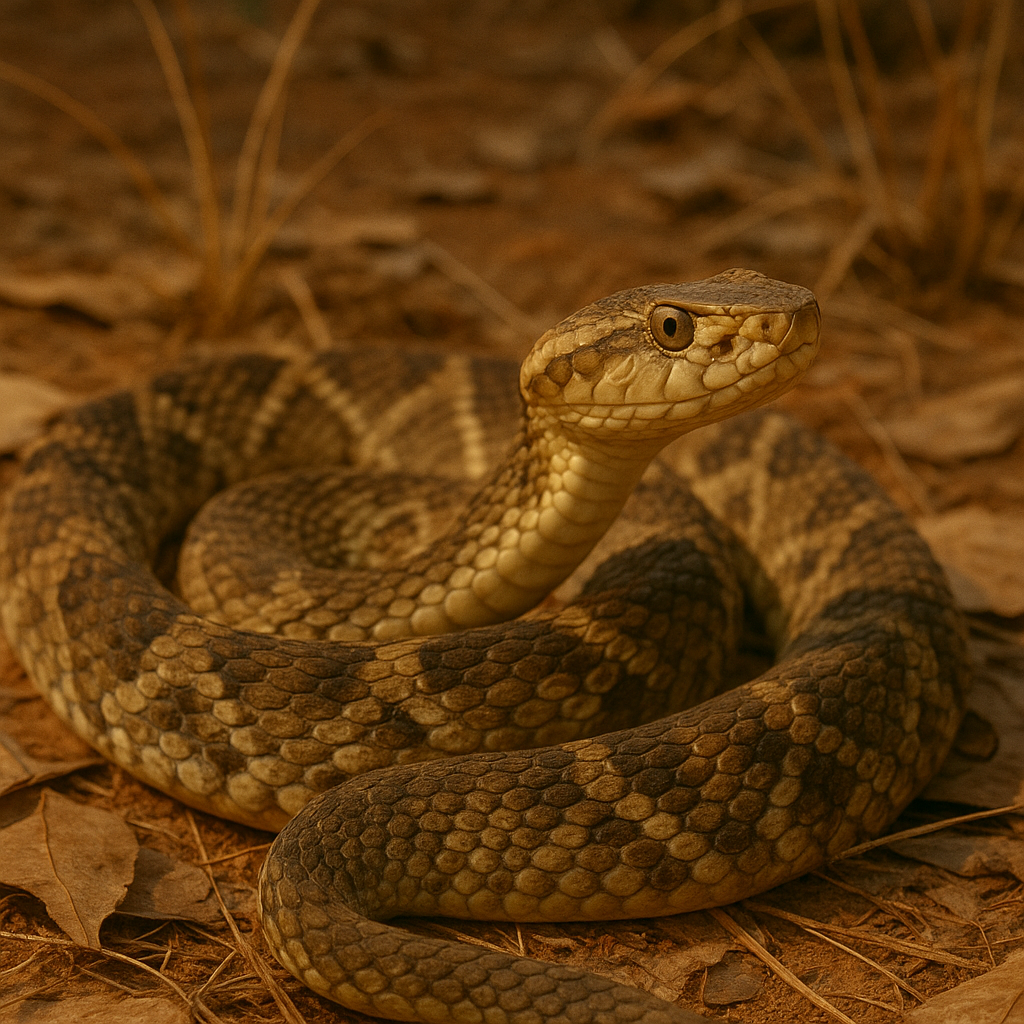
Location: Central and South America
Also called the “ultimate pit viper,” this aggressive snake is known for its high venom yield and unpredictable temperament. Common in plantations and rural areas, it’s responsible for many fatal bites in Latin America.
8. Russell’s Viper (Daboia russelii)
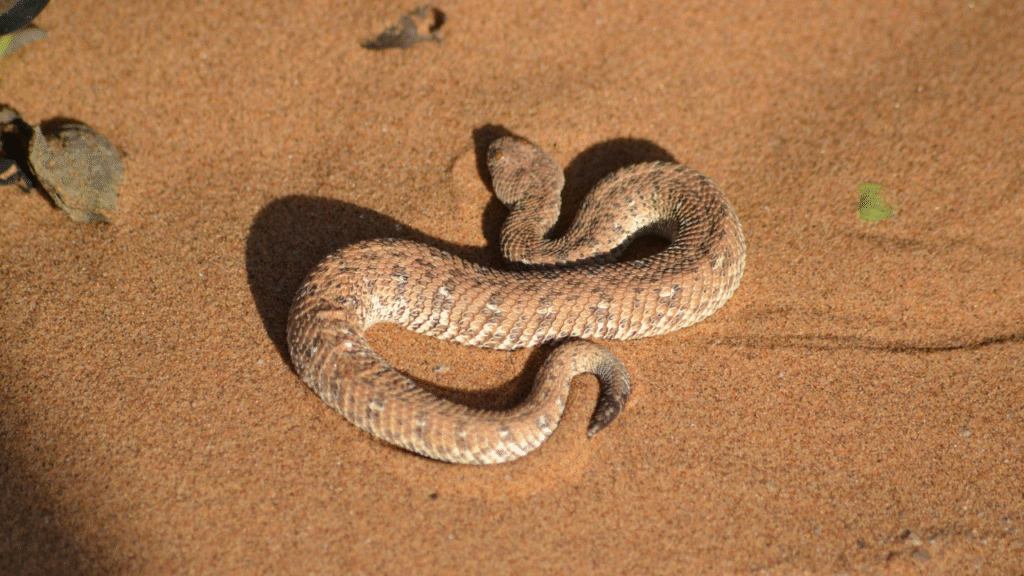
Location: India, Southeast Asia
This viper is notorious for its role in thousands of deaths across the Indian subcontinent. It’s not only venomous but also produces loud hissing sounds and strikes suddenly when threatened.
9. Saw-Scaled Viper (Echis carinatus)
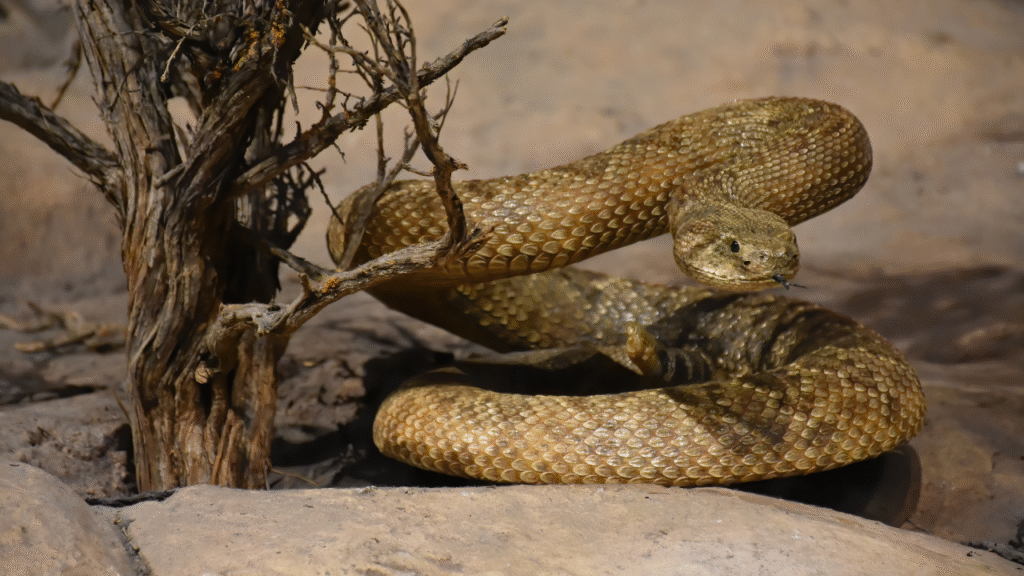
Location: Middle East, India, Africa
Though small, this snake is believed to cause more human deaths annually than any other snake, mostly due to its abundance and tendency to live near human settlements.
10. Philippine Cobra (Naja philippinensis)
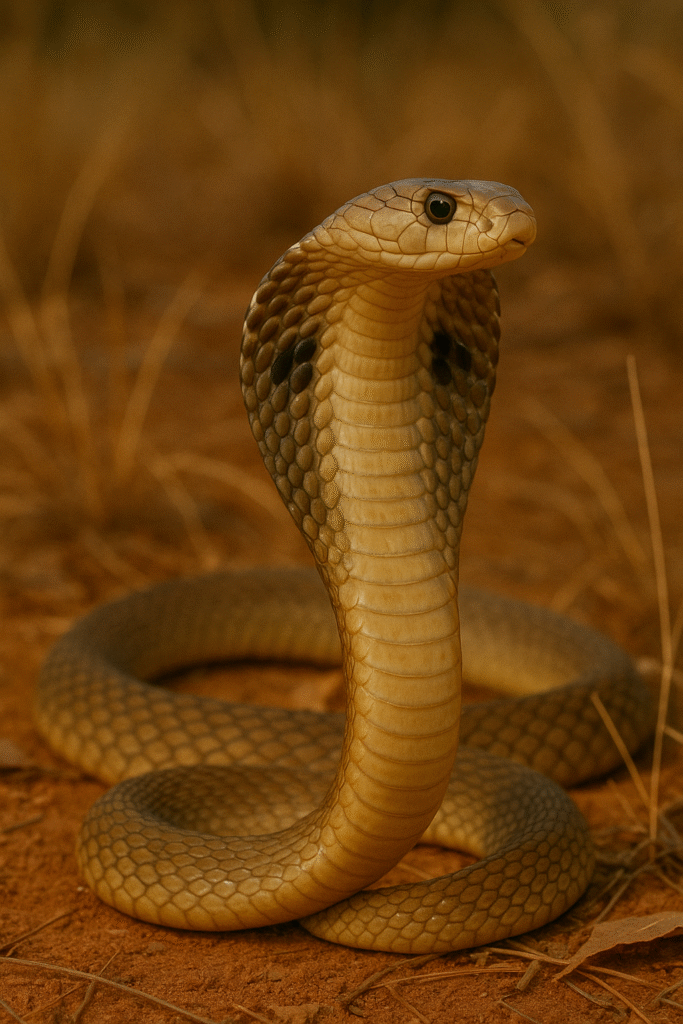
Location: The Philippines
Unlike many cobras, the Philippine Cobra can spit venom accurately up to 3 meters. Its venom is a powerful neurotoxin that can paralyze the respiratory system almost instantly.
Final Thoughts
From the dusty plains of Africa to the rainforests of Asia and deserts of Australia, dangerous snakes thrive in diverse ecosystems. But danger doesn’t mean evil — snakes play an essential role in controlling pests and balancing nature.
If you’re traveling to regions where these snakes live, stay cautious, wear protective clothing, and learn basic first aid for bites. Respecting these creatures from a distance is the key to coexisting safely.

